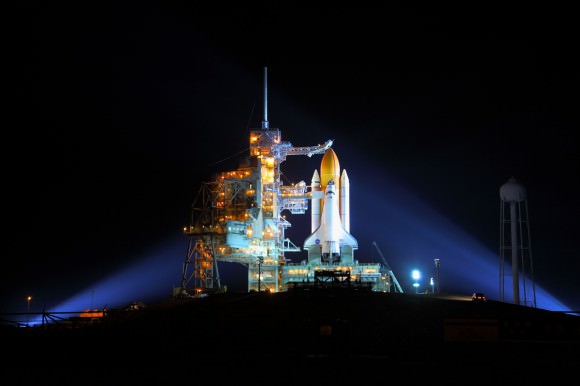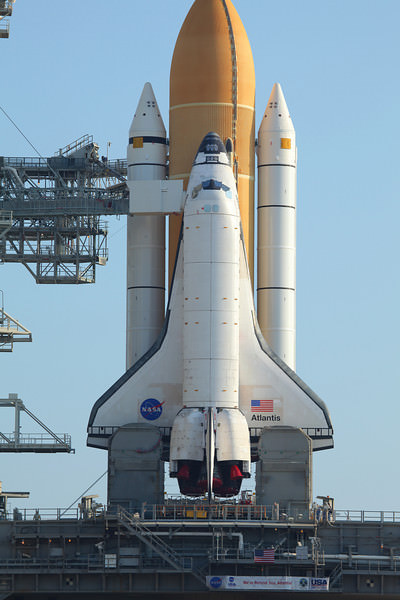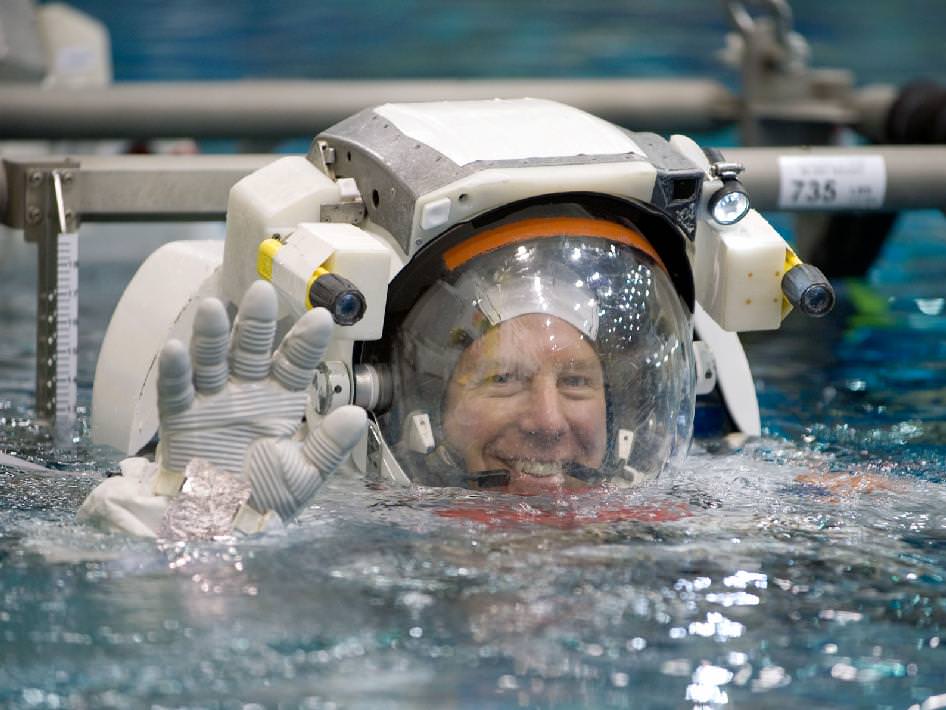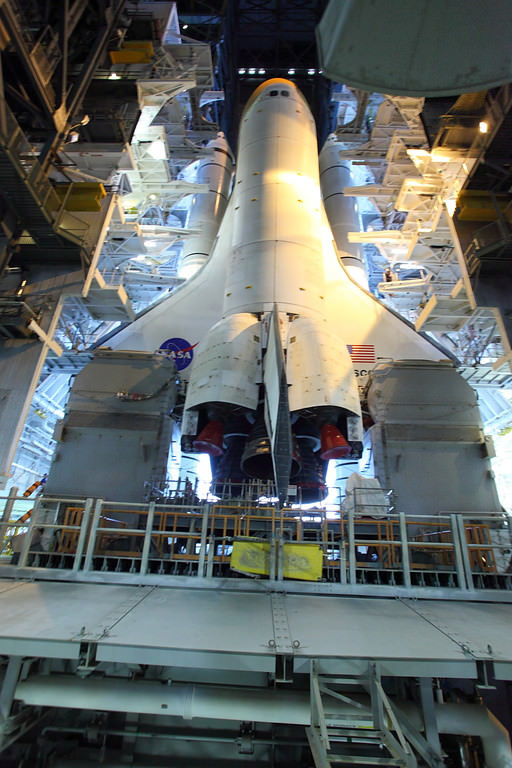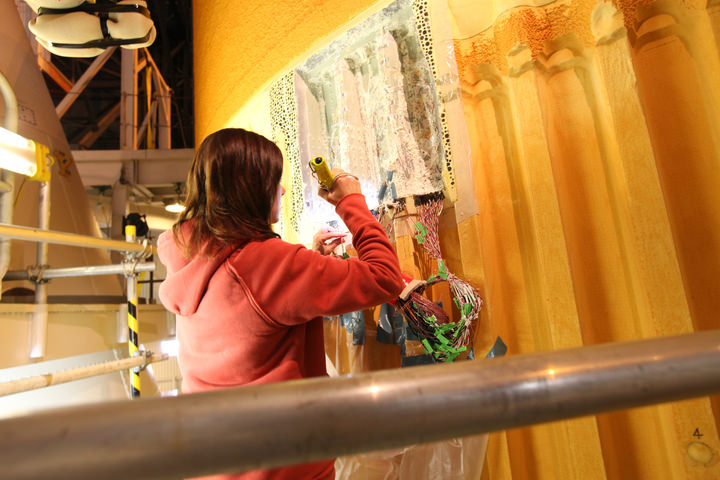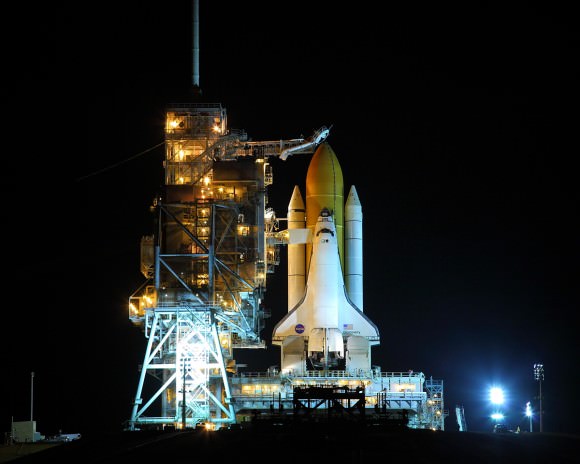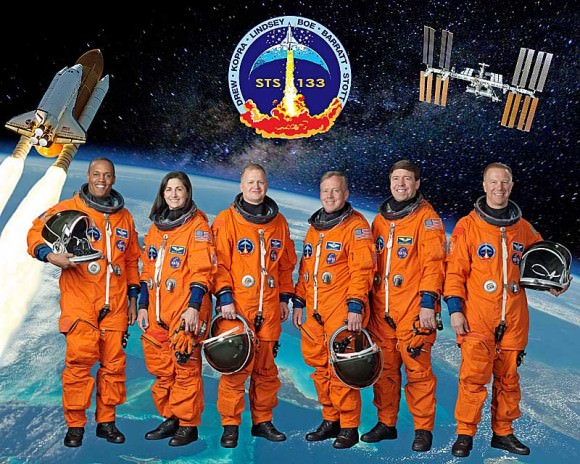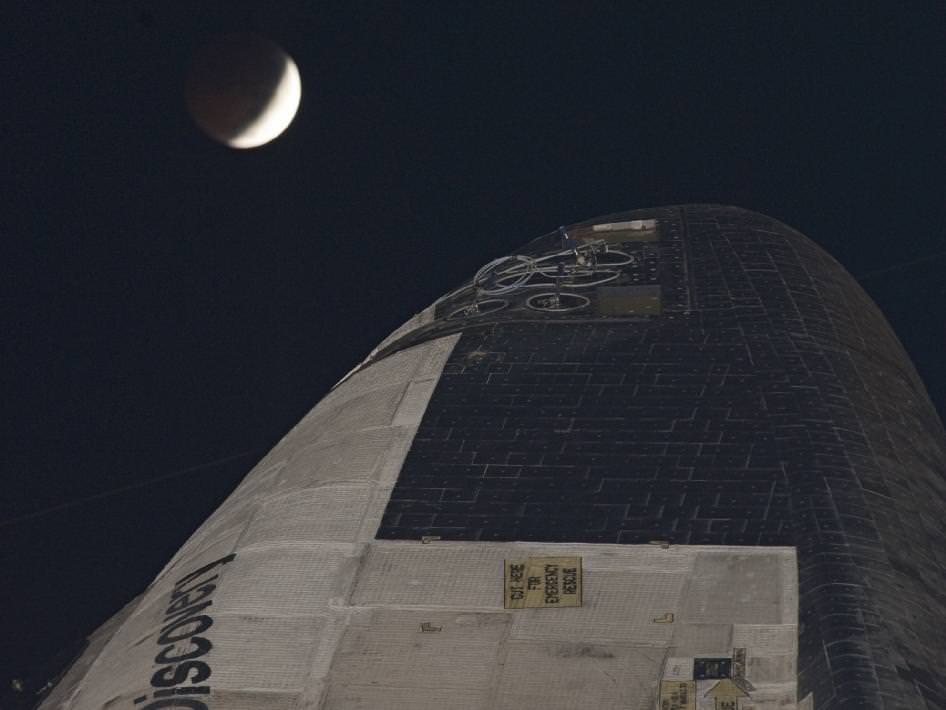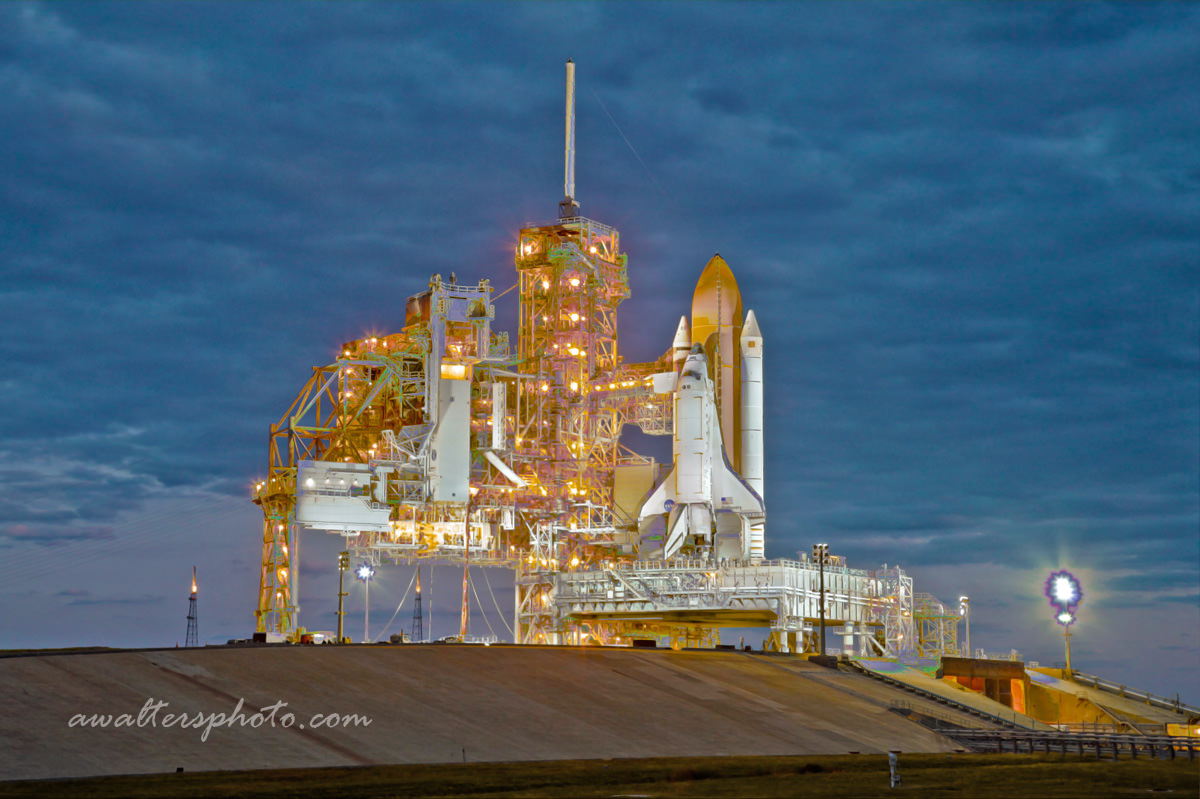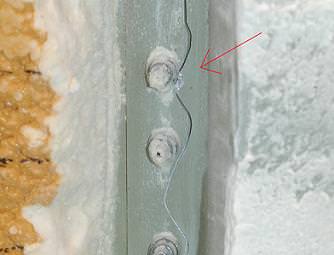[/caption]
Following a Flight Readiness Review today, NASA and Space Shuttle Program managers announced that space shuttle Discovery is ready to launch next week Thursday to finally send the STS-133 mission to the International Space Station. Launch is now scheduled for Feb. 24, at 4:50 p.m. EST. “We had a really thorough review today,” said William Gerstenmaier, NASA’s associate administrator for Space Operations. “Things are looking pretty good.”
The STS-133 crew will bring the Permanent Multipurpose Module (PMM) to the station. The PMM was converted from the multi-purpose logistics module Leonardo and will provide additional storage for the station crew. Later, experiments may be conducted in the module, in fields like fluid physics, materials science, biology and biotechnology.
The first human-like robot will also make the trip to the ISS. Robonaut 2 will become a permanent resident of the station. In addition, Discovery will bring critical spare parts and the Express Logistics Carrier 4, an external platform that holds large equipment.
Managers, engineers and contractors went over the detailed analysis and testing performed on the “stringer” or support beams of Discovery’s external fuel tank during the session and reviewed the repairs and modifications made.
Mike Moses, chairman of the Mission Management Team, described the fix as a “a big metal band-aid” to give the metal beams extra support.
The processes of the repairs and testing involved people throughout the agency and its centers, and the managers at today’s press conference lauded the teams.
“I can’t say enough about the work the teams have done,” Gerstenmaier said. “They’ve done just an outstanding job to get us to where we are now ready to launch.”
The crew also underwent a change recently when astronaut Steve Bowen was assigned to take the place of Tim Kopra who was injured in a bicycle accident.
“Overall the crew was in really good shape and felt really comfortable with this change,” said Moses.
The managers at the FRR approved the February 24 launch date even thought the European resupply ship – the ATV Johannes Kepler — is scheduled to dock at the space station just six hours before Discovery’s launch. Moses said they are confident the ATV will dock, but will be ready to modify the shuttle launch should there be any problems with the ATV.
“If they run into a problem in docking we will discuss the issue in real time,” Moses said at the press conference. “We still might launch that day, we might not, depending on the situation. But the space station program would really like to have the ATV docked during this mission.”
Discovery now sits on Launch Pad 39A at NASA’s Kennedy Space Center in Florida, ready for launch. The countdown will begin Monday at 3 p.m. “We’re in outstanding shape out at the pad,” said Mike Leinbach, shuttle launch director.

